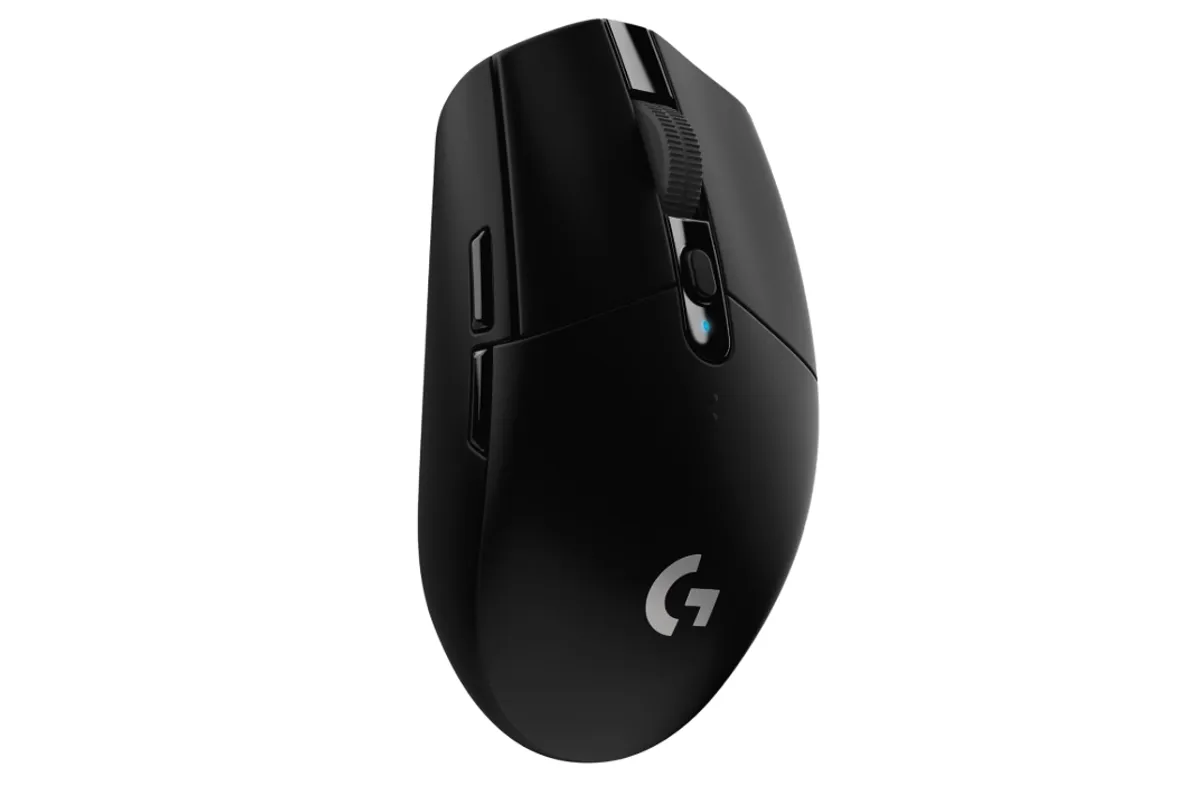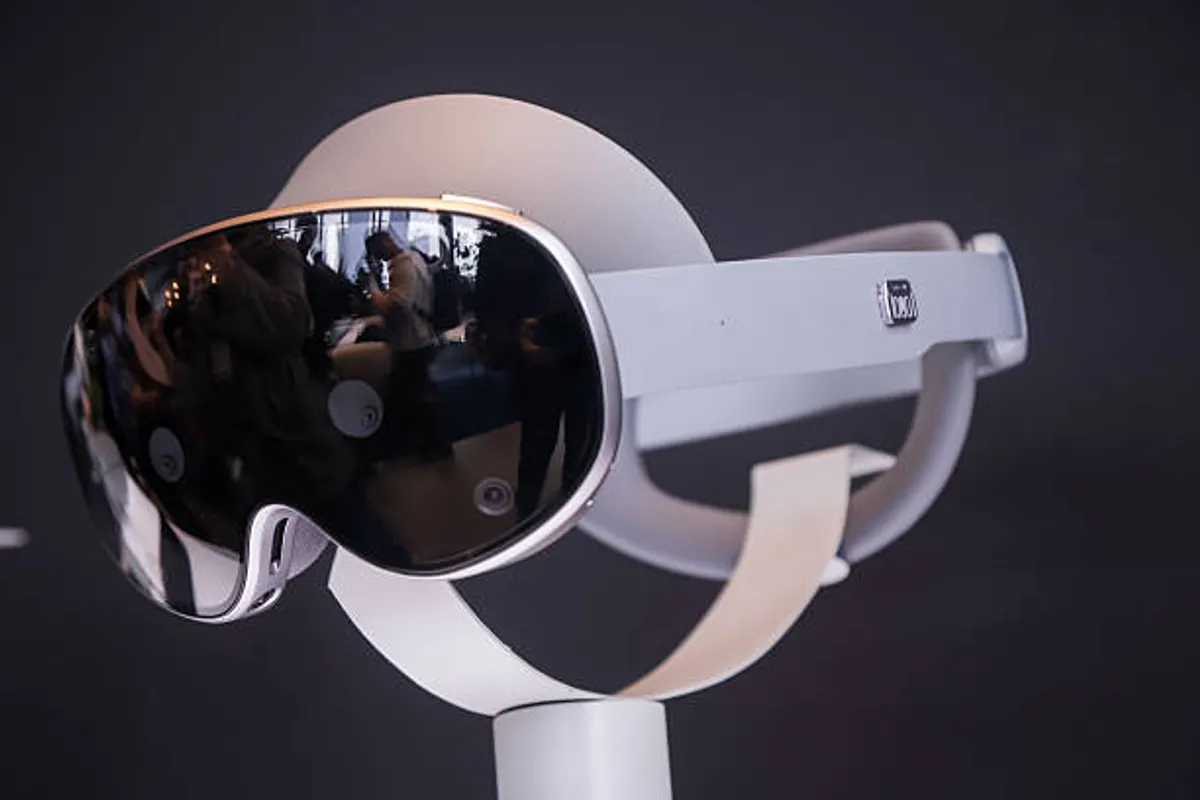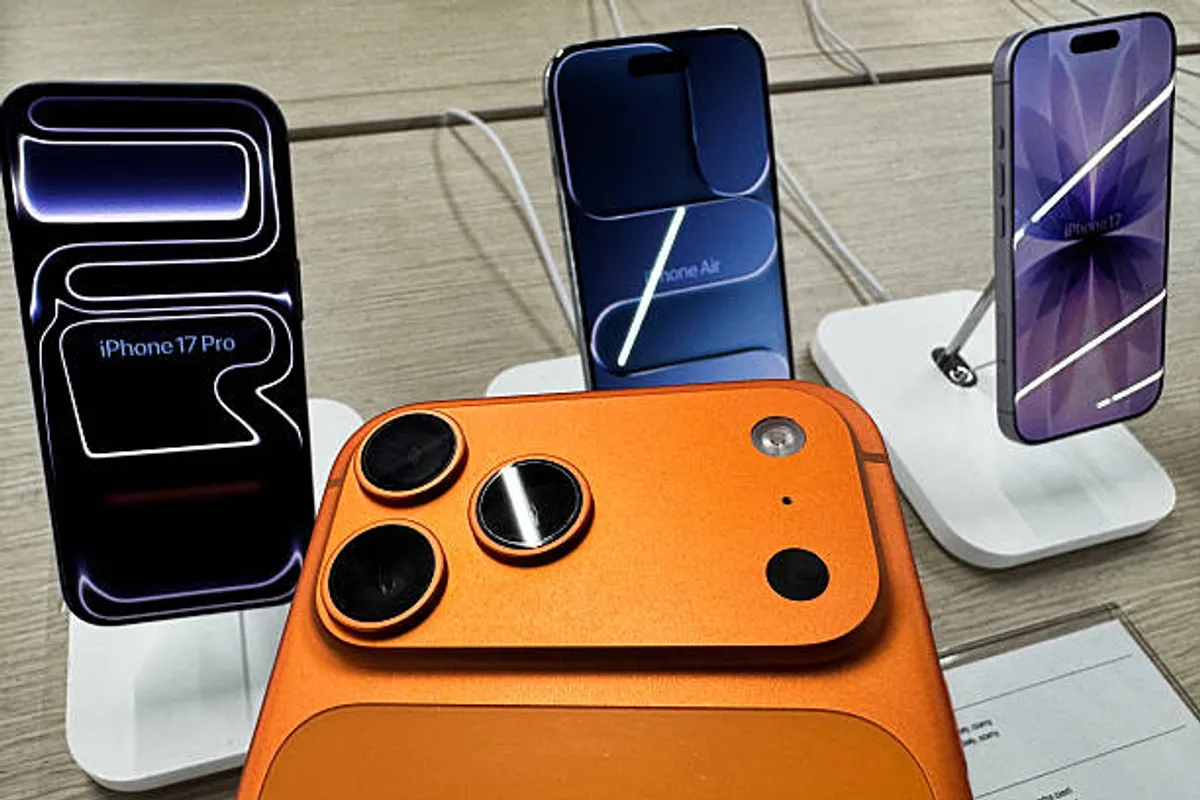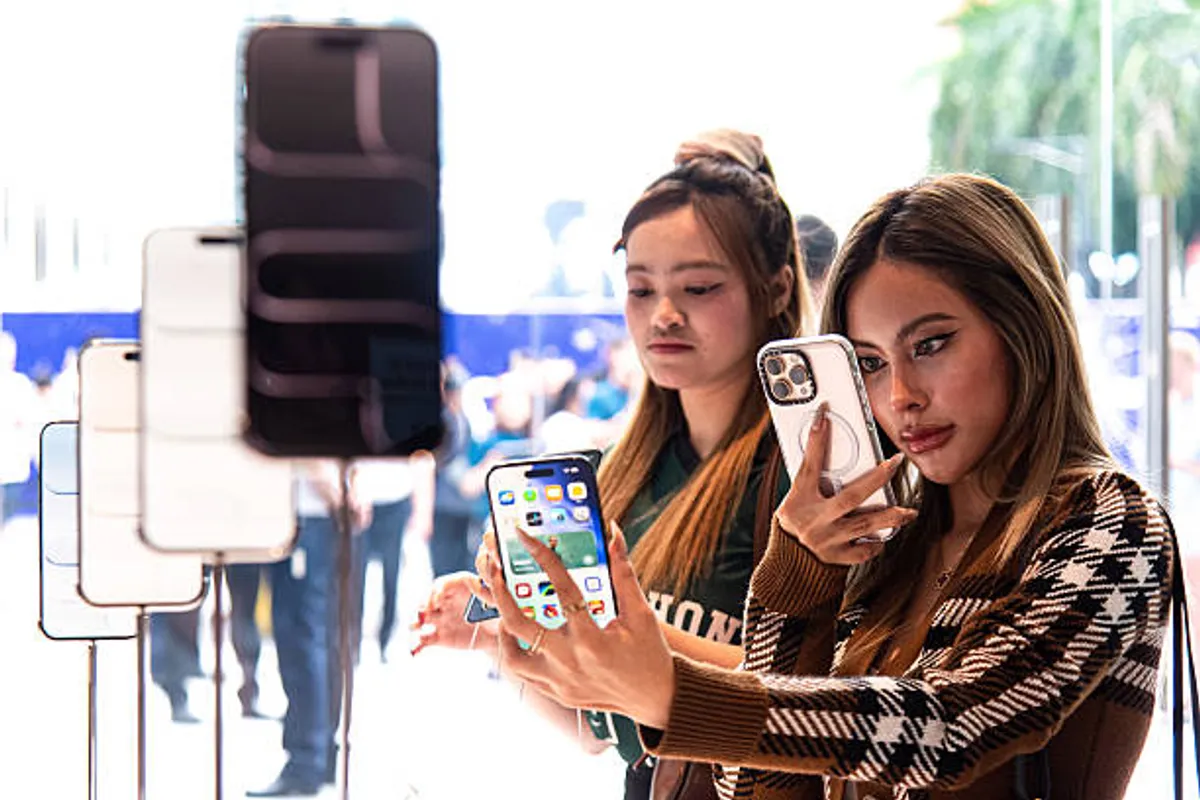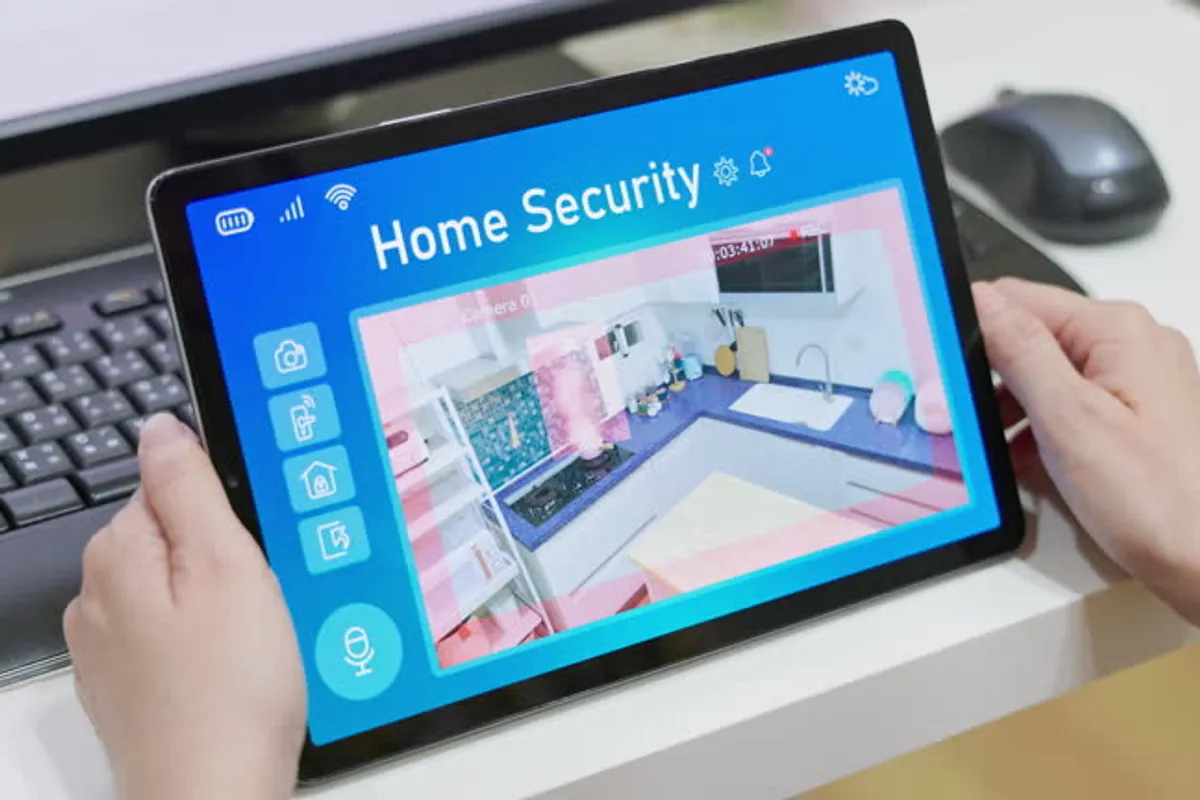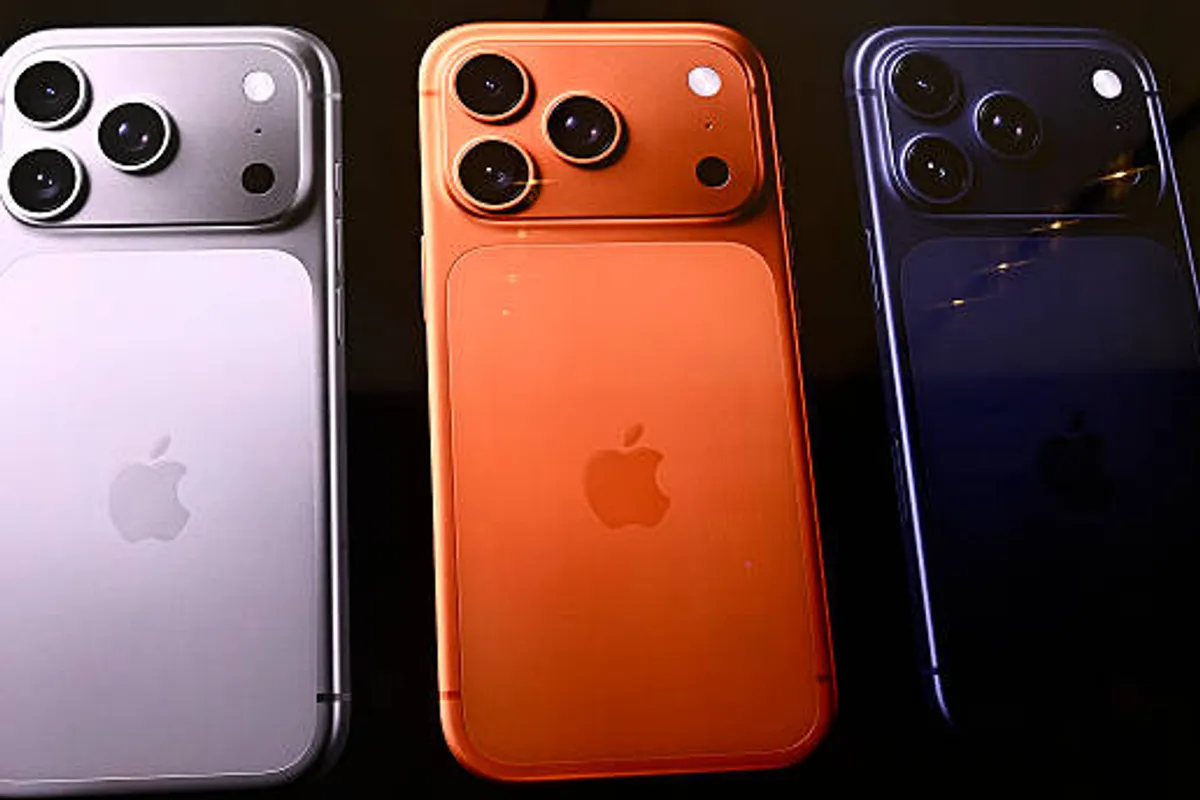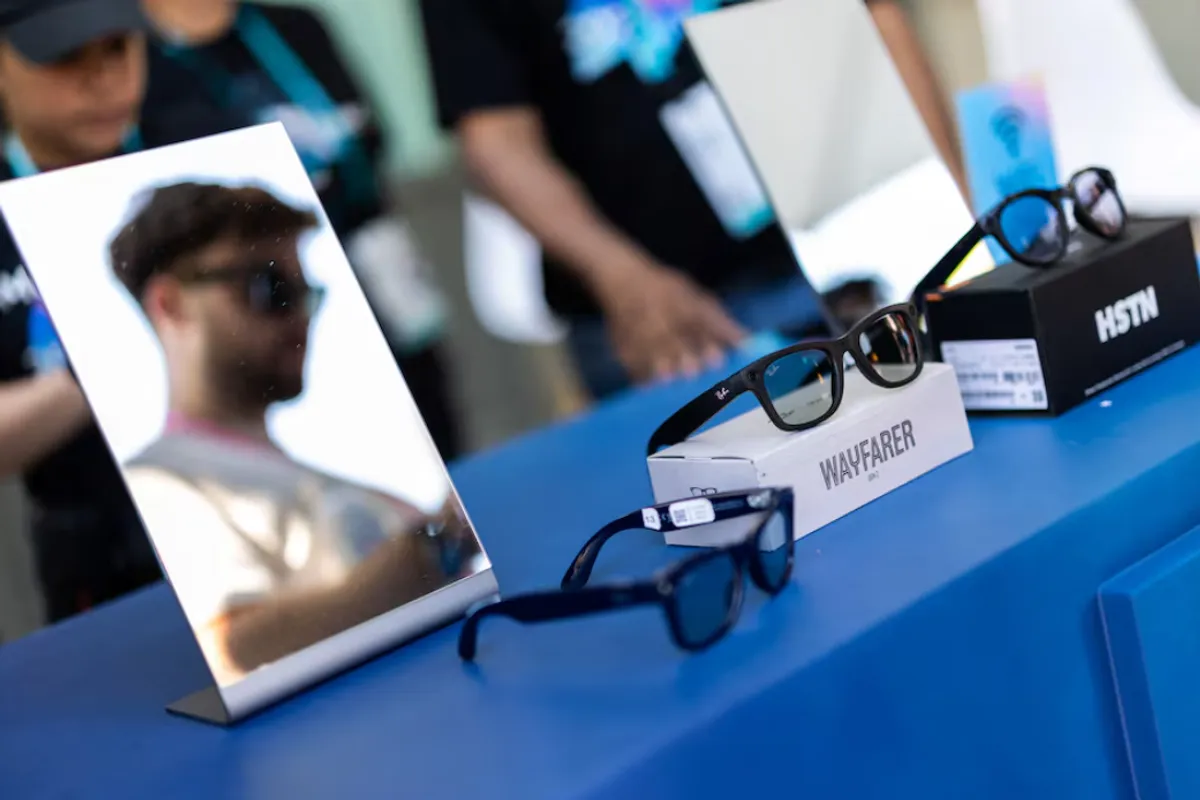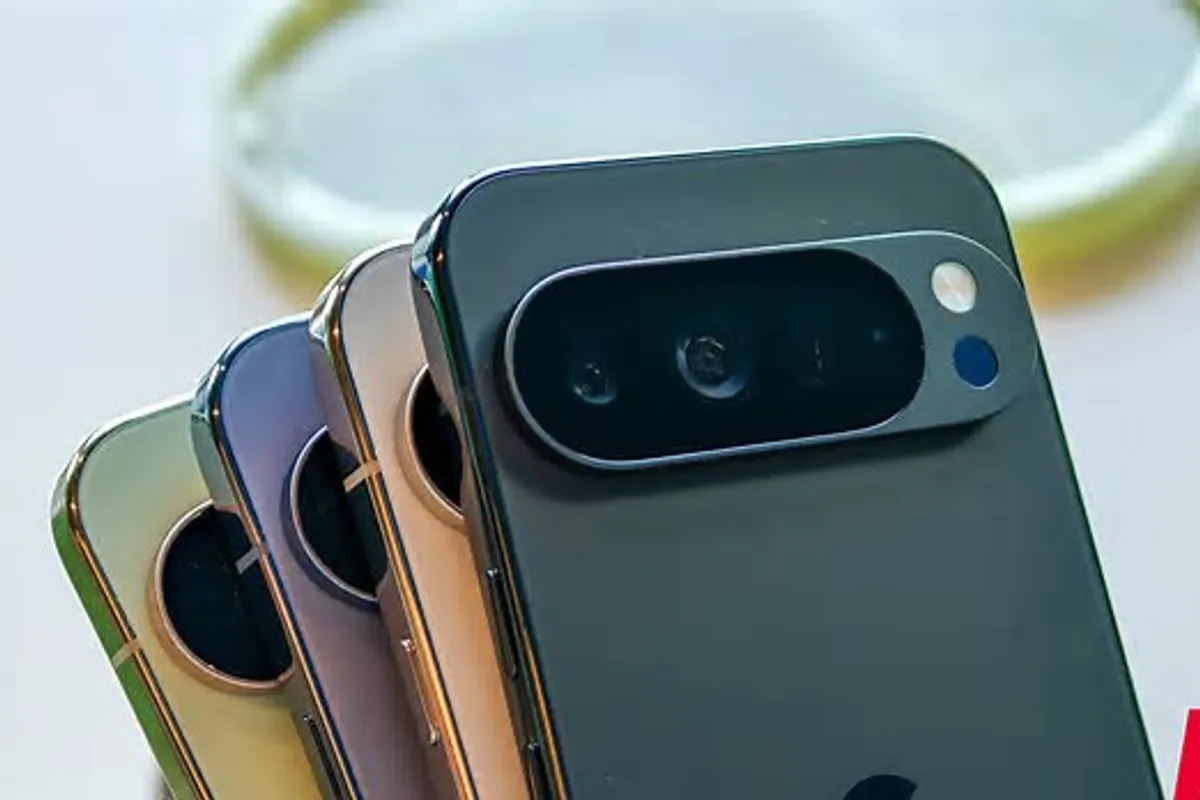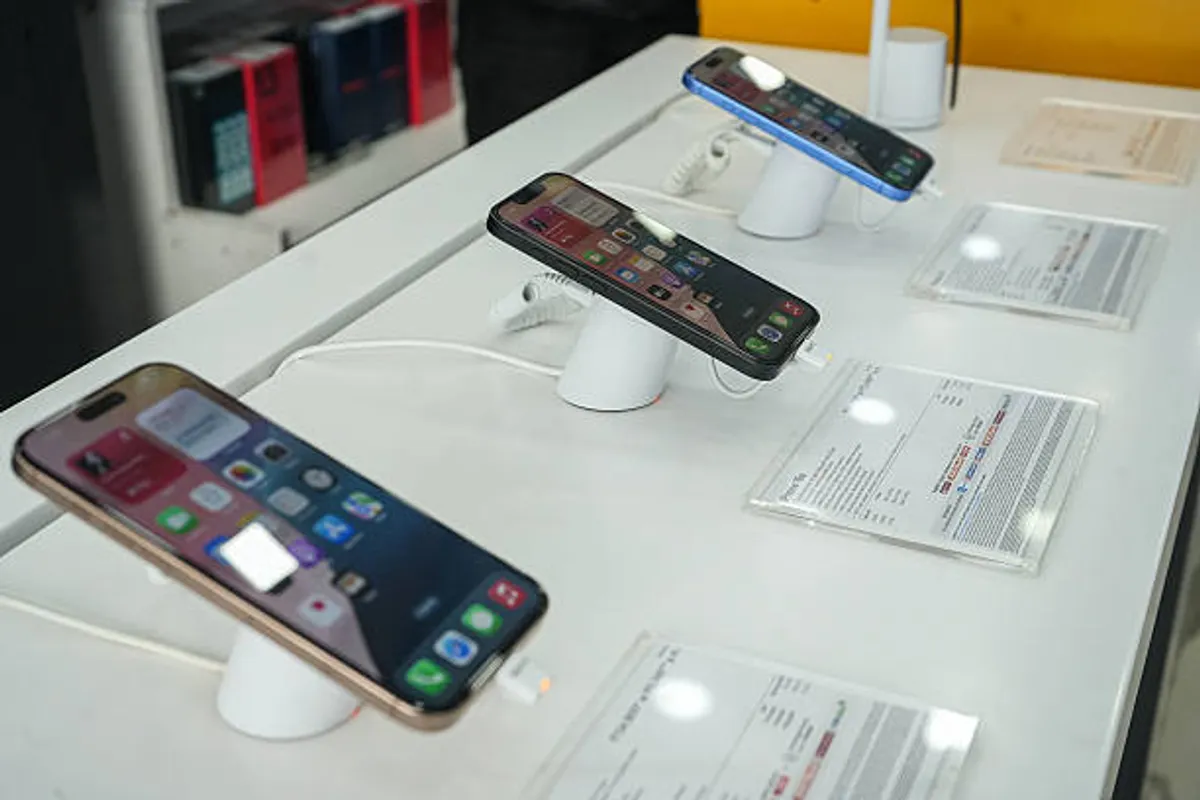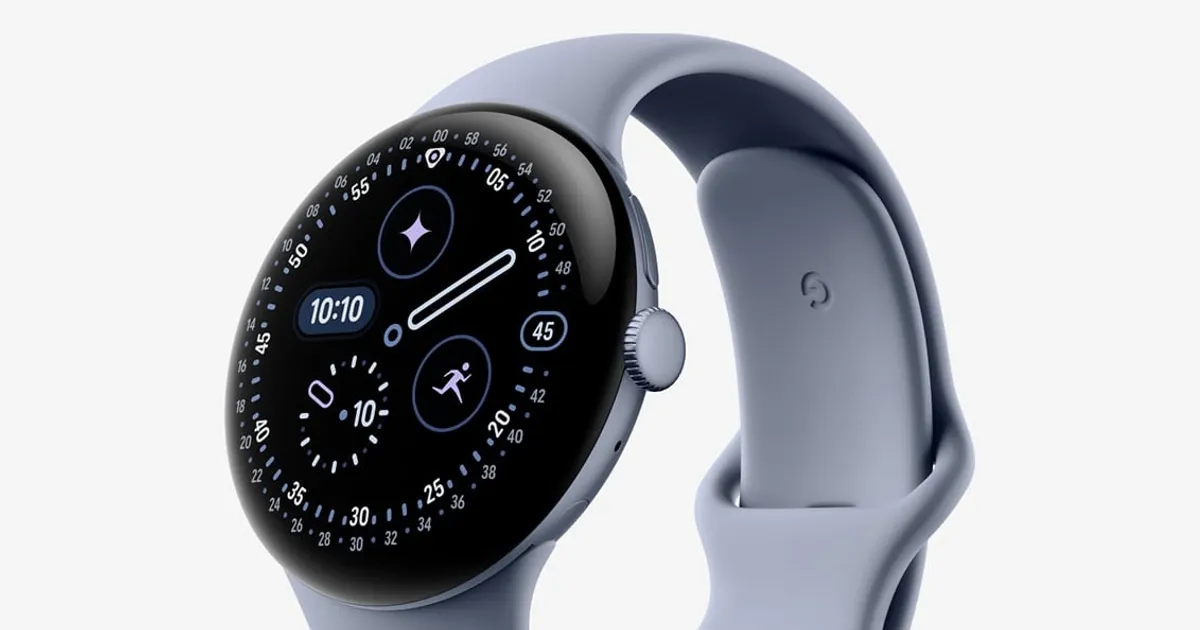
Top 5 Wearables to Watch in 2025: From Smartwatches to AI Assistants

GeokHub
Contributing Writer
Wearables have evolved beyond timekeeping, becoming essential tools for health tracking, productivity, and AI-powered assistance. With global shipments projected to grow 3% in 2025, driven by AI integration and health-focused innovations, the market is buzzing with competition. This article showcases the top 5 wearables—smartwatches, rings, and beyond—that define 2025, offering insights into their cutting-edge features and transformative potential.
Top 5 Wearables to Watch in 2025
1. Apple Watch Ultra 2
- Key Features: Rugged titanium design, 3,000-nit Retina OLED display, S9 processor with Double Tap gesture, 100m water resistance, dual-frequency GPS, and FDA-approved sleep apnea detection.
- Why It Stands Out: Tailored for adventurers, it offers precise GPS for hiking and diving, plus a 36-hour battery life (extendable to 72 hours in low-power mode). Its seamless iOS integration and new air quality sensors make it a top pick for iPhone users.
- Impact: Enhances outdoor exploration and health monitoring, with 20% more accurate heart rate tracking compared to competitors.
- Price: Starting at $799.
- Best For: Outdoor enthusiasts and iPhone users seeking premium durability and health features.
2. Samsung Galaxy Watch 8 Classic

- Key Features: Polished stainless steel frame, rotating bezel, Super AMOLED display, Google Gemini AI assistant, advanced biosensors for ECG, blood pressure, and vascular load, plus Galaxy AI running coach.
- Why It Stands Out: The first Wear OS smartwatch with Gemini AI, it offers intuitive voice commands and a 48-hour battery life. Its elegant design and robust health suite, including antioxidant level analysis, set it apart.
- Impact: Boosts fitness tracking with 15% better sleep analysis and personalized coaching, appealing to Android users.
- Price: Starting at $399.
- Best For: Android users prioritizing style, AI, and comprehensive health tracking.
3. Google Pixel Watch 4
- Key Features: 45mm and 41mm sizes, Actua 360 display, Snapdragon W5 Gen 2 chip, 40-hour battery life, Gemini AI coaching, dual-frequency GPS, and satellite SOS.
- Why It Stands Out: Launching October 2025, it offers multi-day battery life (up to 48 hours with always-on display) and seamless Fitbit integration for intuitive fitness tracking. Its minimalist design and Google ecosystem compatibility make it a standout.
- Impact: Improves fitness insights by 25% via AI-driven coaching, ideal for Google ecosystem users.
- Price: Starting at $349.
- Best For: Android users seeking a sleek, AI-enhanced wearable with strong battery life.
4. Oura Ring 4
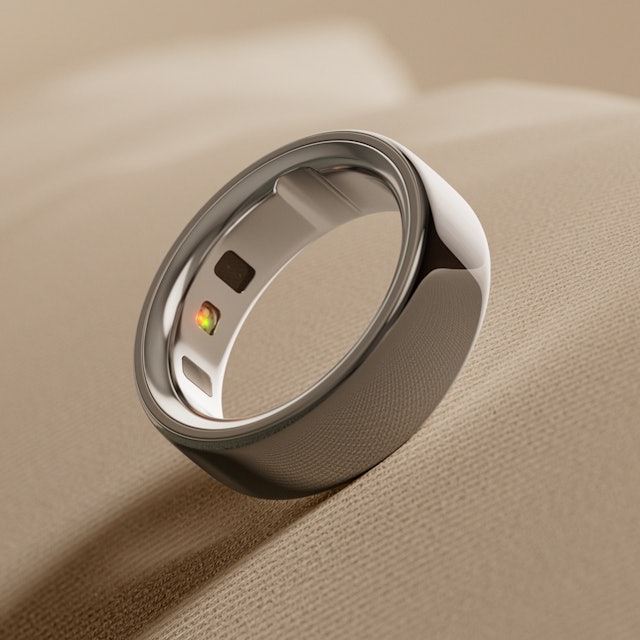
- Key Features: Medical-grade sleep tracking with REM cycle analysis, heart rate, SpO2, and stress monitoring, 5–7 day battery life, minimalist jewelry-like design.
- Why It Stands Out: As a smart ring, it delivers comprehensive health tracking without the bulk of a smartwatch, appealing to professionals who prefer discretion. Its sleep analytics are 30% more detailed than competitors.
- Impact: Drives wellness with actionable sleep insights, increasing deep sleep by up to 25% for users following recommendations.
- Price: Starting at $299.
- Best For: Health-conscious professionals seeking discreet, long-lasting wearables.
5. Amazfit Active 2
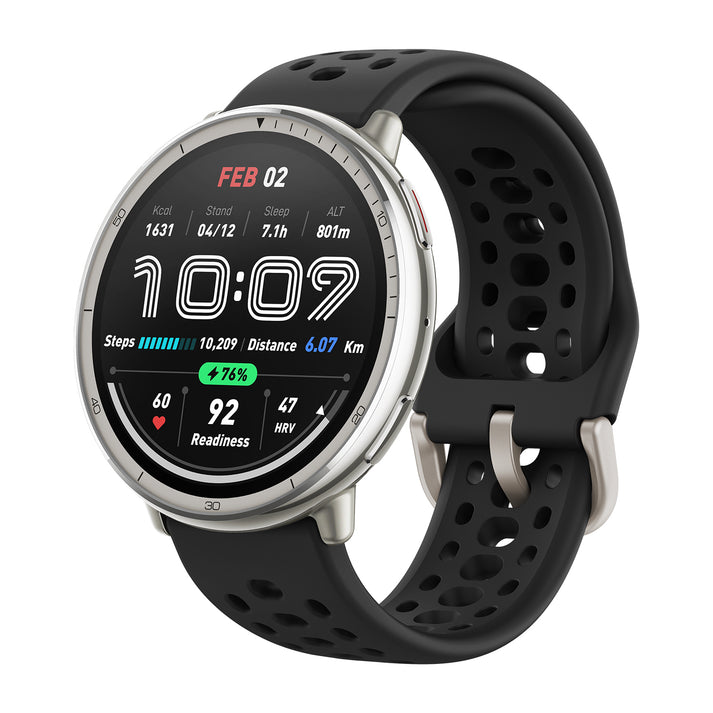
- Key Features: Stainless steel case, 10-day battery life, OLED touchscreen, five GNSS systems for GPS, 100+ sports modes, heart rate, SpO2, and stress tracking, compatible with iOS and Android.
- Why It Stands Out: Priced at $99, it offers premium features like a vibrant AMOLED display and extensive health tracking at a budget-friendly cost, earning five-star reviews for value.
- Impact: Democratizes wearable tech, making advanced fitness tracking accessible with 40% longer battery life than flagship competitors.
- Price: Starting at $99.
- Best For: Budget-conscious users wanting robust features without ecosystem restrictions.
Why These Wearables Matter in 2025
- AI Integration: Devices like the Galaxy Watch 8 and Pixel Watch 4 leverage AI for personalized coaching, with 60% of users valuing AI-driven insights for fitness and productivity.
- Health Focus: Advanced sensors (ECG, SpO2, sleep apnea detection) make wearables vital health tools, with 70% of users consulting doctors based on wearable data.
- Battery Life: Multi-day battery performance, like the OnePlus Watch 3’s 5 days or Amazfit’s 10 days, addresses consumer demand for less frequent charging.
- Market Trends: Smart rings like the Oura Ring 4 signal a shift toward minimalist wearables, with 15% market share growth projected by 2026.
Future Outlook
- AI Evolution: By 2026, 75% of wearables will integrate generative AI for real-time coaching and productivity.
- Sustainability: Brands like Garmin and Fitbit are adopting 50% recycled materials, aligning with consumer demand for eco-friendly tech.
- Market Growth: The wearable market is projected to reach $300 billion by 2029, driven by health-focused innovations and smart ring adoption.
Conclusion
The top wearables of 2025—Apple Watch Ultra 2, Samsung Galaxy Watch 8 Classic, Google Pixel Watch 4, Oura Ring 4, and Amazfit Active 2—redefine personal technology with AI, health tracking, and extended battery life. From rugged smartwatches to discreet smart rings, these devices cater to diverse needs, making them must-watch innovations. For tech blogs, detailed content on these wearables ensures Google AdSense compliance and captivates a global audience.

